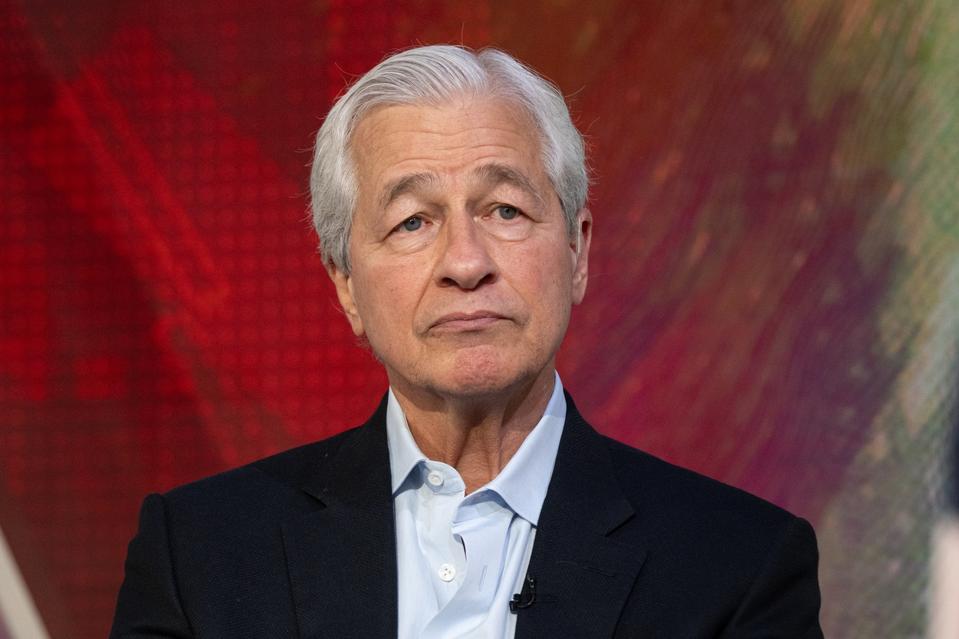When JPMorgan Chase CEO Jamie Dimon described truly great leaders, he didn’t cite degrees, titles, or technical skills. Instead, he named Serena Williams, Tom Brady, and Stephen Curry. “Look how they train, what they do to be that good,” he said. It’s a simple, unexpected statement—but a revealing one. In Dimon’s world, as in any boardroom or playing field, sustained excellence isn’t the result of chance. It’s the byproduct of relentless preparation, mostly happening when no one is watching.
Business and elite athletics share a core truth: the higher you rise, the more your conditioning matters. Being a great CEO isn’t just about intellect or instincts. It’s a full-capacity role. It demands physical stamina, emotional resilience, and the ability to make sound decisions under extreme pressure.
Why Jamie Dimon Says CEOs Should Study Athletes
The role of CEO comes with prestige and perks. But also intense scrutiny, immense responsibility, and a deep sense of periodic isolation. Like a star athlete under the spotlight, a CEO steps onto the stage without a safety net. Reflecting on what awaits the next leader of JPMorgan Chase, Dimon told The Economist: “There’s nobody to complain to. There is no tacit approval. It is your decision. It’s just different.”
This shift—where every decision falls squarely on your shoulders—is one of the most overlooked challenges in leadership. That’s why Dimon encourages leaders to study athletes. Elite athletes are decisive, adaptable, forward-thinking, and able to deliver when it counts. These are traits that individuals and leadership teams often lose over time. Many teams gradually become inward-looking and bureaucratic, more focused on protecting their internal processes than driving progress. Dimon warns this is a trap.
Studying how top athletes train isn’t just a metaphor. It’s a framework for high-performance leadership. Dimon listed courage, humility, people skills, and grit in outlining the traits he and JPMorgan’s board seek in a successor. But one underrated quality stood out: “Constantly observing the world out there and thinking, ‘What can be done better?'”
That mindset is why Dimon runs the bank using a military strategy called the OODA loop: Observe, Orient, Decide, Act—on repeat. In his shareholder letter, he wrote: “One cannot overemphasize the importance of observation and a full assessment—the failure to do so leads to some of the greatest mistakes, not only in war but also in business and government.”
Athletes review game tape. They adjust in real time. CEOs must do the same. At the top, there’s no coach on the sideline, no fallback plan, and no applause for getting it right because it’s expected. You’re not executing someone else’s playbook anymore. You’re architecting the future in real-time. As athletes prepare for game day, CEOs need foundational training blocks to perform at their highest level. Here are three:
Physical Fitness To Build Your Resilience Reservoir
Fitness is not optional; it’s foundational. High-stakes leadership comes with long hours, volatility, and constant demand. Regular physical training strengthens your body and relieves stress that accumulates in the role. For CEOs, fitness isn’t about vanity. It’s about durability. Disney CEO Bob Iger shared this sentiment: “Staying in shape, having stamina is critical for me, and that’s eating well, exercising, and just taking care of my body and my mind. I could not do this job if I were not in some form of physical and mental health.”
Mental And Emotional Conditioning For Pressure Management
When Dimon spoke of leadership without fallback, he was pointing to a vital truth: clarity under pressure isn’t optional—it’s a prerequisite. Just as CEOs hit the physical gym, they must train their inner world equally. Mental clutter leads to poor decision-making, which leads to emotional instability that spreads through teams. Daily practices, such as mindfulness, journaling, intentional solitude, and visualization, sharpen mental acuity and emotional steadiness.
Apple CEO Tim Cook is known for carving out quiet time each morning for thinking and reflection. You can think of this as leadership hygiene.
Recovery And Support For Sustained Performance
Elite athletes perform in high-stakes games with narrow margins, and so do CEOs. But unlike sports, business has no offseason, so burnout is a pervasive threat among top leaders. Intentional sleep routines, time off the grid, and habits facilitating total rejuvenation are essential. Equally important in your recovery quotient is building a personal support network consisting of coaches, peer groups, therapists, or mentors because no one at the top wins alone.
Jamie Dimon And The Future Of Leadership
While Jamie Dimon was speaking about the person who will eventually succeed him at the helm of a multi-trillion dollar institution, his message resonates far beyond JPMorgan. His words signal to every leader operating at the highest level: once you’re in the seat, there’s no one else to blame or coming to save you. Like the best athletes, the best CEOs use pressure as a signal and see it as a privilege—not a burden. As Dimon said, “Heavy is the head that wears the crown.” The only question that matters is: are you trained for the weight?

